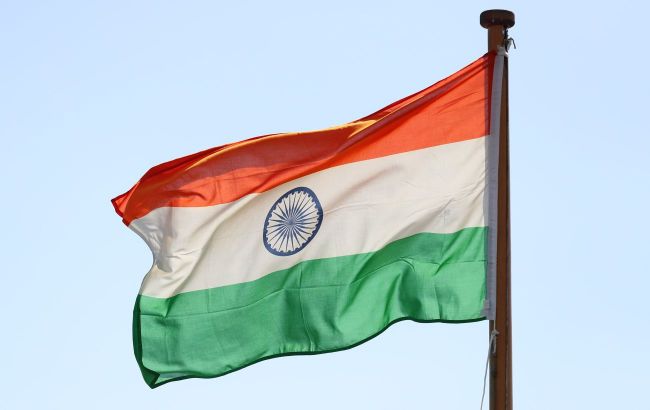India to launch solar mission today for sun study
 India will send a mission to study the Sun (photo: Getty Images)
India will send a mission to study the Sun (photo: Getty Images)
India is set to launch its first solar observation mission today, just days after its station became the first to land near the Moon's south pole, according to the BBC.
The Aditya-L1 station is scheduled to launch from the Sriharikota launch site on Saturday at 11:50 AM Indian Standard Time. It is reported that the station will be located at a distance of 1.5 million kilometers from Earth - which is 1% of the distance between Earth and the Sun.
The Indian Space Agency has stated that it will take four months to cover such a distance. The first Indian space mission to study the largest object in the Solar System is named after the Hindu god of the Sun.
The "L1" in the name denotes the Lagrange point - the same location between the Sun and Earth where the Indian spacecraft will be positioned. According to the European Space Agency, the Lagrange point is a place where the gravitational forces of two large objects, such as the Sun and Earth, neutralize each other, allowing a spacecraft to "hover".
Once Aditya-L1 reaches this point, the station will be able to orbit the Sun at the same speed as Earth. This also means that very little fuel will be required for the satellite's operation.
The orbital spacecraft is equipped with seven scientific instruments that will observe and study the solar corona. The research will help scientists understand solar activity such as solar wind and solar flares, their impact on Earth, and space weather in real-time.
The lunar program Chandrayaan-3
The Chandrayaan-3 mission is the third interplanetary automated station of the Indian Space Research Organization. The mission was launched on July 14 from the spaceport on Sriharikota Island.
Just three weeks after launch, the spacecraft entered lunar orbit, and on August 17, the lander module separated from the orbiter. Shortly thereafter, the Indian lunar station's lander module captured images of the Moon's surface following a successful landing.
For more detailed information about the mission, read the article by RBC-Ukraine.

